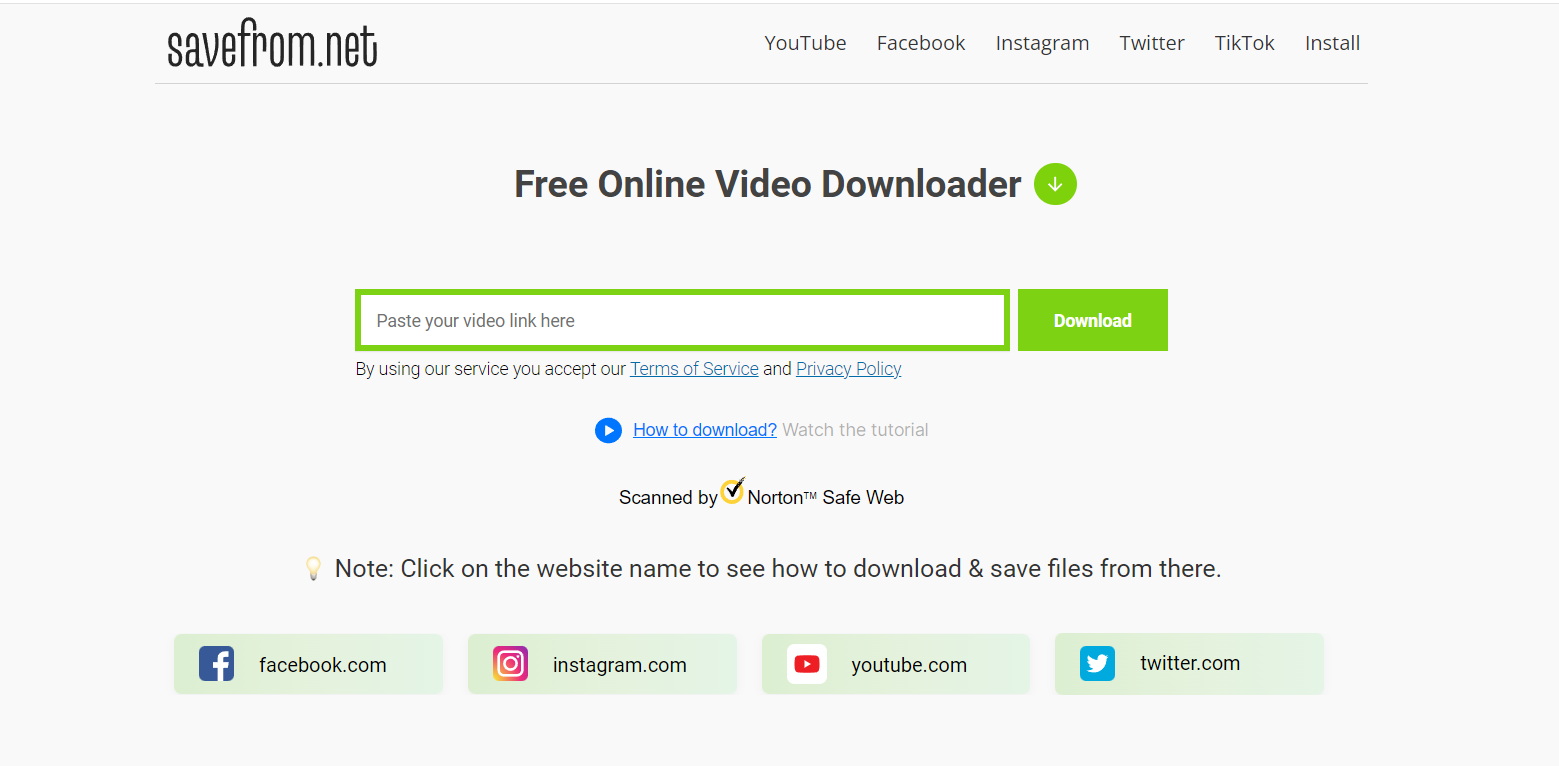Last updated on 2012-05-14, by
The Difference Between FLV and AVI
Every time when you ask people on how to add YouTube video to your PowerPoint presentation, people will tell you that, YouTube videos are in FLV format, which is not supported by PowerPoint, and you should convert FLV to AVI format. But what’s different between FLV and AVI?
What is FLV?
FLV was originally developed by Macromedia and it is one of the formats, known as Flash Video, the other one is F4V. Flash Video is a container file format used to deliver video over the Internet using Adobe Flash Player. Flash Video content may also be embedded within SWF files.
FLV has been accepted as the default online video format by many sites. Notable users of it include YouTube, Hulu, VEVO, Yahoo! Video, metacafe, Reuters.com, and many other news providers.
FLV files usually contain material encoded with codecs following the Sorenson Spark or VP6 video compression formats. The most recent public releases of Flash Player also support H.264 video and AAC audio. Flash Video is viewable on most operating systems via the Adobe Flash Player and web browser plugin or one of several third-party programs.
Supported media types in FLV file format:
Video: On2 VP6, Sorenson Spark (Sorenson H.263), Screen video, H.264
Audio: MP3, ADPCM, Linear PCM, Nellymoser, Speex, AAC, G.711 (reserved for internal use)
What is AVI?
AVI, short for Audio Video Interleaved, is a multimedia container format introduced by Microsoft in 1992 as parts of its video for Windows technology. AVI files can contain both audio and video data in a file container that allows synchronous audio-with-video playback. Files in AVI format often have high video quality.
AVI is a derivative of the Resource Interchange File Format (RIFF), which divides a file’s data into blocks, or "chunks." Each "chunk" is identified by a FourCC tag. An AVI file may carry audio/visual data inside the chunks in virtually any compression scheme, including Full Frame (Uncompressed), Intel Real Time (Indeo), Cinepak, Motion JPEG, Editable MPEG, VDOWave, ClearVideo / RealVideo, QPEG, and MPEG-4 Video.
Uncompressed AVI: AVI files can be created with no Compression, resulting in extremely large file sizes, but with no loss of quality from the input video to the saved file. This also requires no codecs to be installed, either for saving or playback. This is generally not recommended.
How to convert FLV to AVI?
This free AVI Converter will help you to convert FLV to AVI format. In fact it also converts other video formats like MP4, WMV, MKV, MOV, 3GP, etc. to AVI video format and MP3, AAC, WAV, WMA audio formats.

How to insert to PowerPoint?
After converting FLV to AVI format, you can now click “Insert” → “Video” → “Video from File” to add the YouTube video to PowerPoint slide.










